Mobile cameras are becoming more powerful with each passing day and every new model comes with a path breaking innovation. Samsung has forever rode this bandwagon and is visibly leading the camera game with its recently launched Galaxy A7 (2018) that boasts a triple camera. These include a 24 MP primary lens, and 5 MP depth lens and the winner winner, chicken dinner – the 8 MP wide angle lens.
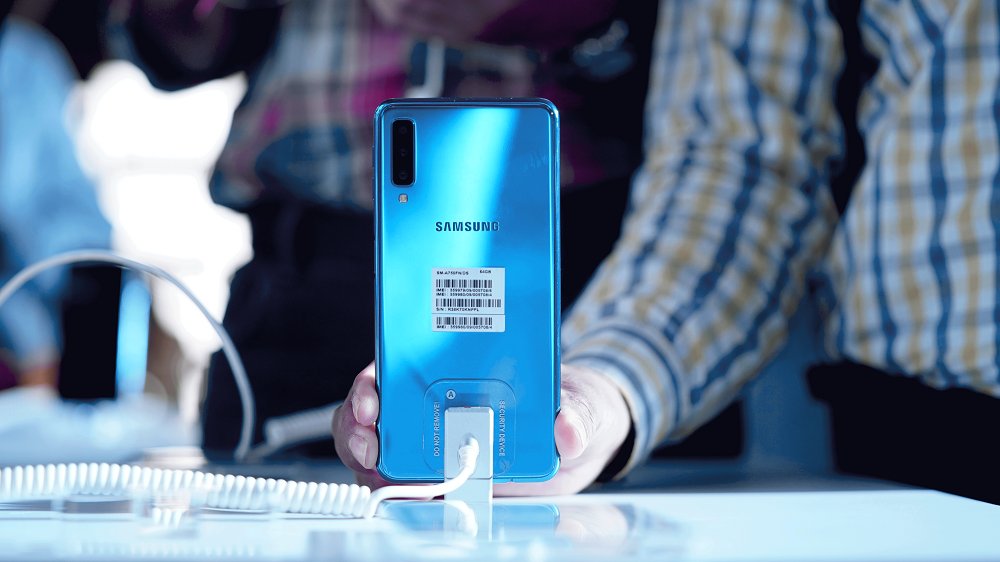
Design wise, the phone looks quite sleek and is capable of taking convincing pictures in low light conditions. Also, the transition from normal to ultra wide mode is quite convenient, just a tap away.
But what are ultra wide angle pictures, you ask?
The pictures that our phones generally click cover an angle of 78 degrees, which pretty much shows a fraction of what’s visible to the human eye. The wide angle camera is basically an exact replica of the human visibility range i.e. 120 degrees and is able to click the whole scene without having to go in the panorama mode. A statistical difference of 42 degrees opens up a whole new avenue for smartphone photography.
Now that you know what they mean, here is a comparison between normal and ultra wide pictures (to give you a clearer picture, pun intended).
A house that turns out to be on the beach.
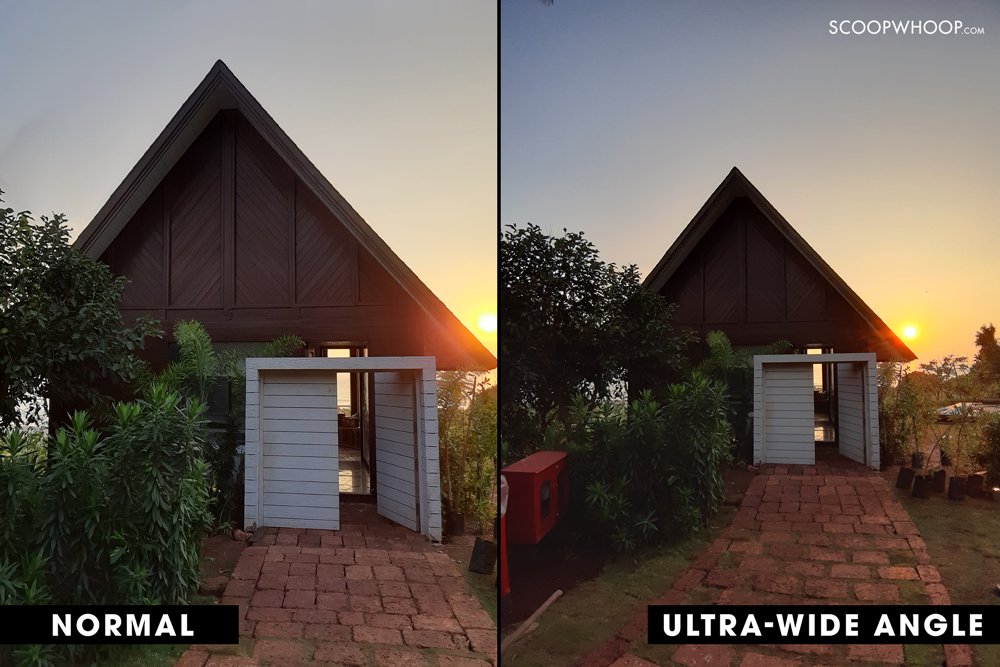
A chandelier in between of .
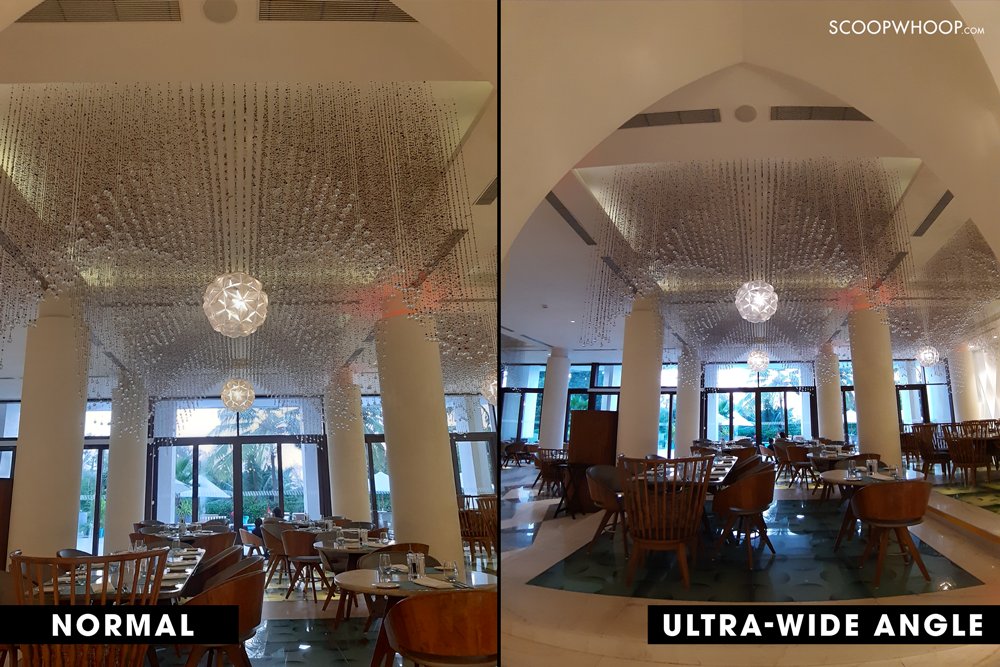
Graffiti that fits!
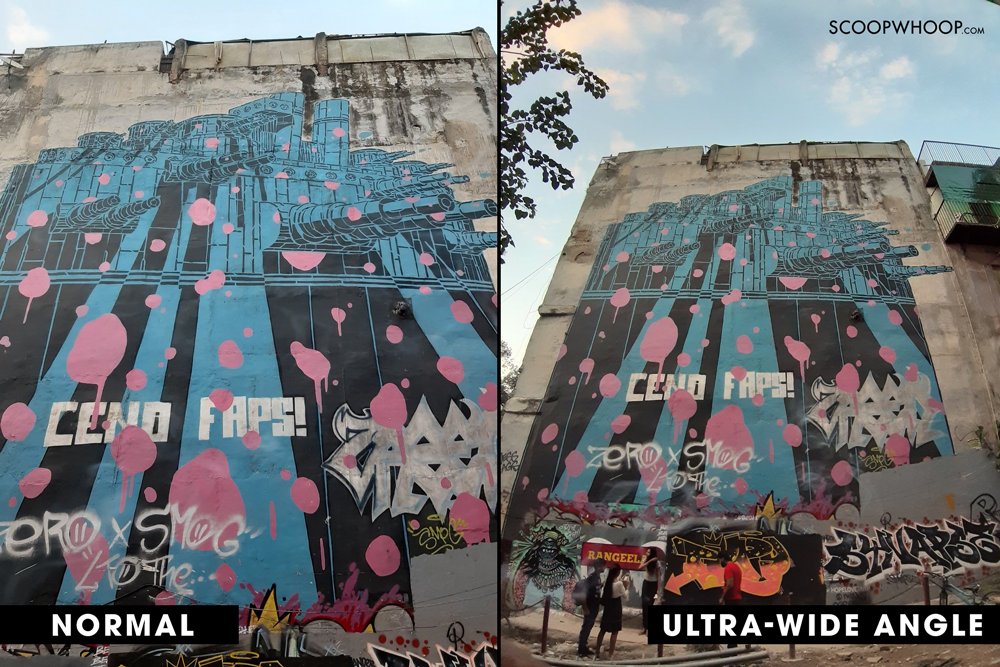
And, of course, people!
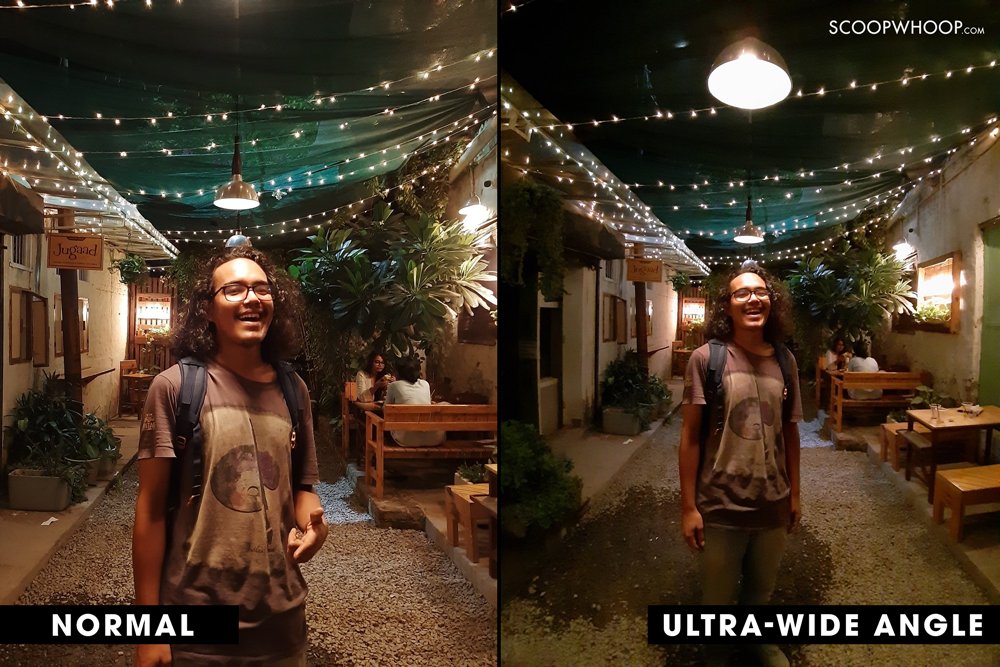
All these images have been clicked with the camera being at the same place which means you don’t have to take backward paces or crouch to take a wide angle photo – the difference is quite visible. Being a camera and gadget geek, I for one, can tell you that having a wide angle lens is quite a breakthrough as it clearly changes the way we click picture and the messages we want to convey through them. I personally cannot wait to get my hands on it and turn pictures into stories!

















